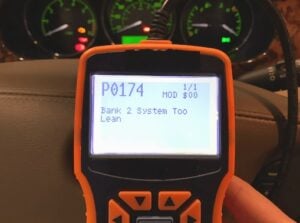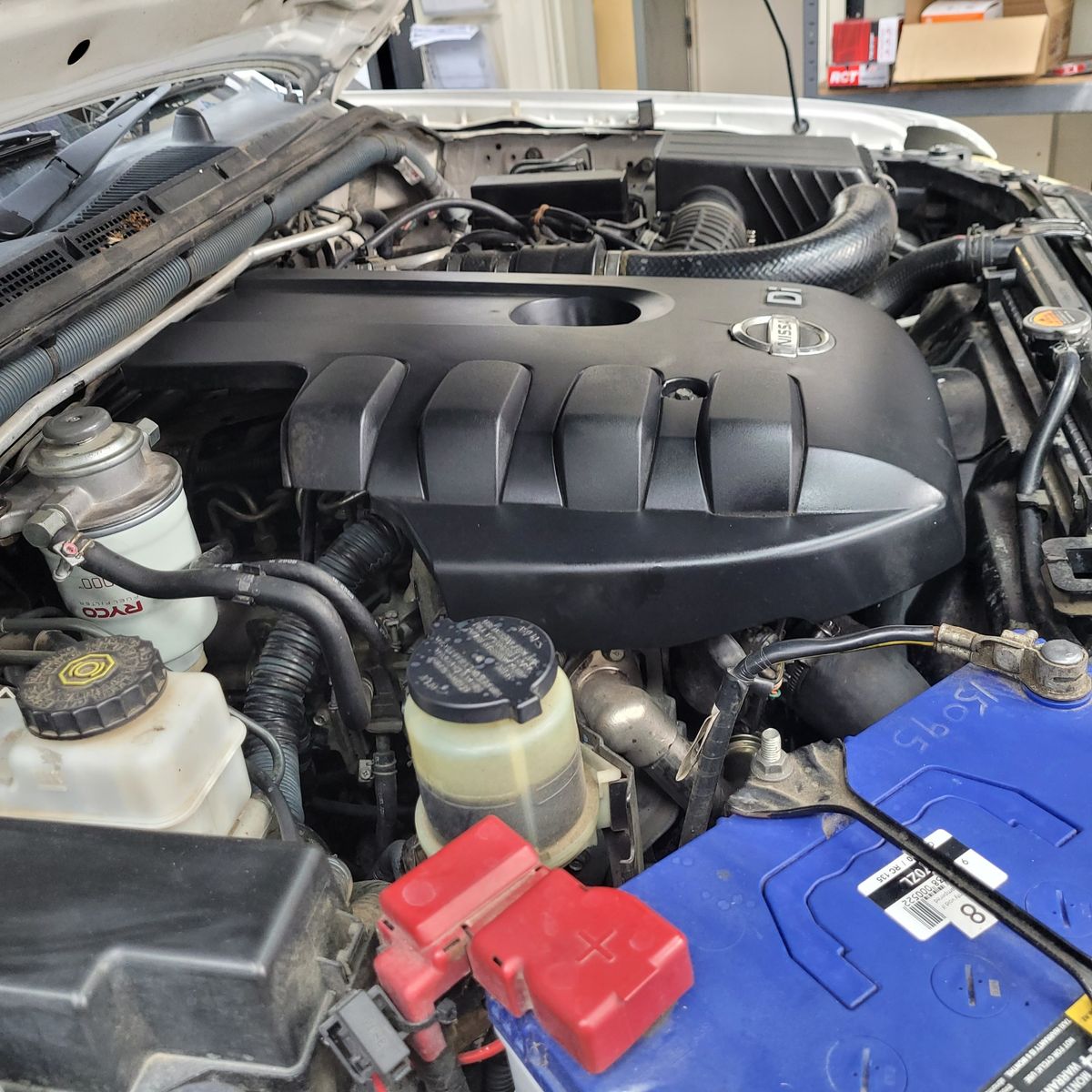What is a lean fuel mixture?

The Fault Code P0174 means that there is too much air and not enough fuel in your engine.
To understand what a lean fuel mixture is, it is best to understand the basic principles of how your car’s combustion engine creates energy. Inside your car’s engine, air and fuel are mixed together. In order to run optimally, your car’s engine should have a certain level of air and fuel (or an air-fuel ratio). Air/fuel ratio is monitored by several sensors, which adjust various functions to optimise the power and efficiency of your car’s engine.
A lean fuel mixture occurs when there is too much air or not enough fuel in your engine. This can result in your car’s engine not operating optimally. Since there isn’t enough fuel being burnt, your car may stall, operate roughly or struggle to accelerate.
What are the dangers of driving with a lean fuel mixture?
Symptoms of a lean fuel mixture:
There are several common symptoms associated with a lean fuel mixture. These include:
- Check engine light on – One of the first signs of a lean fuel mixture is the check engine light turning on. Your engine has several sensors which measure air and oxygen levels in the engine. If one of these sensors detects a problem, the engine warning light will appear on your dashboard.
- Reduced acceleration – A lean fuel mixture can cause a noticeable loss in engine power. This affects your vehicle’s ability to accelerate, especially when going up hills.
- Car not starting – It may take you several attempts to start your car when it is running lean. This is because there isn’t enough fuel present for initial combustion to occur.
- Engine cutting out or stalling – As you drive, fuel ratio levels may become so low that the engine is unable to continue operation. This leads to the engine cutting out.
- Poor fuel economy – Although less fuel is present in your engine’s air/fuel ratio, the burning conditions are not optimal. This can lead to a significant decrease in fuel economy.
- Increased Exhaust Emissions – an incorrect air fuel ratio will create excess exhaust emissions. A lean mixture can create excess Nitrous Oxides which are very harmful greenhouse gases and very bad for human and other animal health.
Causes of a lean air/fuel mixture:
- Clogged fuel filter – The fuel filter ensures that a clean flow of fuel reaches the engine. However, it can become clogged over time. A clogged fuel filter will limit the levels of fuel that reach the engine, resulting in a lean running condition.
Fuel filter replacement in Hamilton - Faulty oxygen sensor – The oxygen sensor (or O2 sensor) measures air levels in the engine. It then sends this information to your car’s computer which makes adjustments to fuel injection for optimal engine performance. If the oxygen sensor breaks or becomes faulty, incorrect information will be sent.
Oxygen sensor replacement in Hamilton - Low fuel pressure – A defective fuel pump or fuel pressure regulator can limit fuel pressure, resulting in an insufficient amount of fuel reaching your engine.
- Vacuum leak – Leaks in your engine or exhaust can disrupt the air/fuel ratio, leading to operating problems.
- Clogged fuel injectors – If a fuel injector becomes clogged or blocked, the flow of fuel to the engine will be limited, resulting in lean operation conditions.
Lean Fuel Ratio – Repairs, Inspection & Diagnostics in Hamilton
Is your car’s engine running lean? If so, the team at Grimmer Motors can help! Our advanced diagnostic tools allow us to monitor your car’s engine and determine exactly what is causing it to run lean. This allows for a quick, yet extremely effective repair.
For car engine diagnostics, inspections and repairs in Hamilton, contact Grimmer Motors today!

